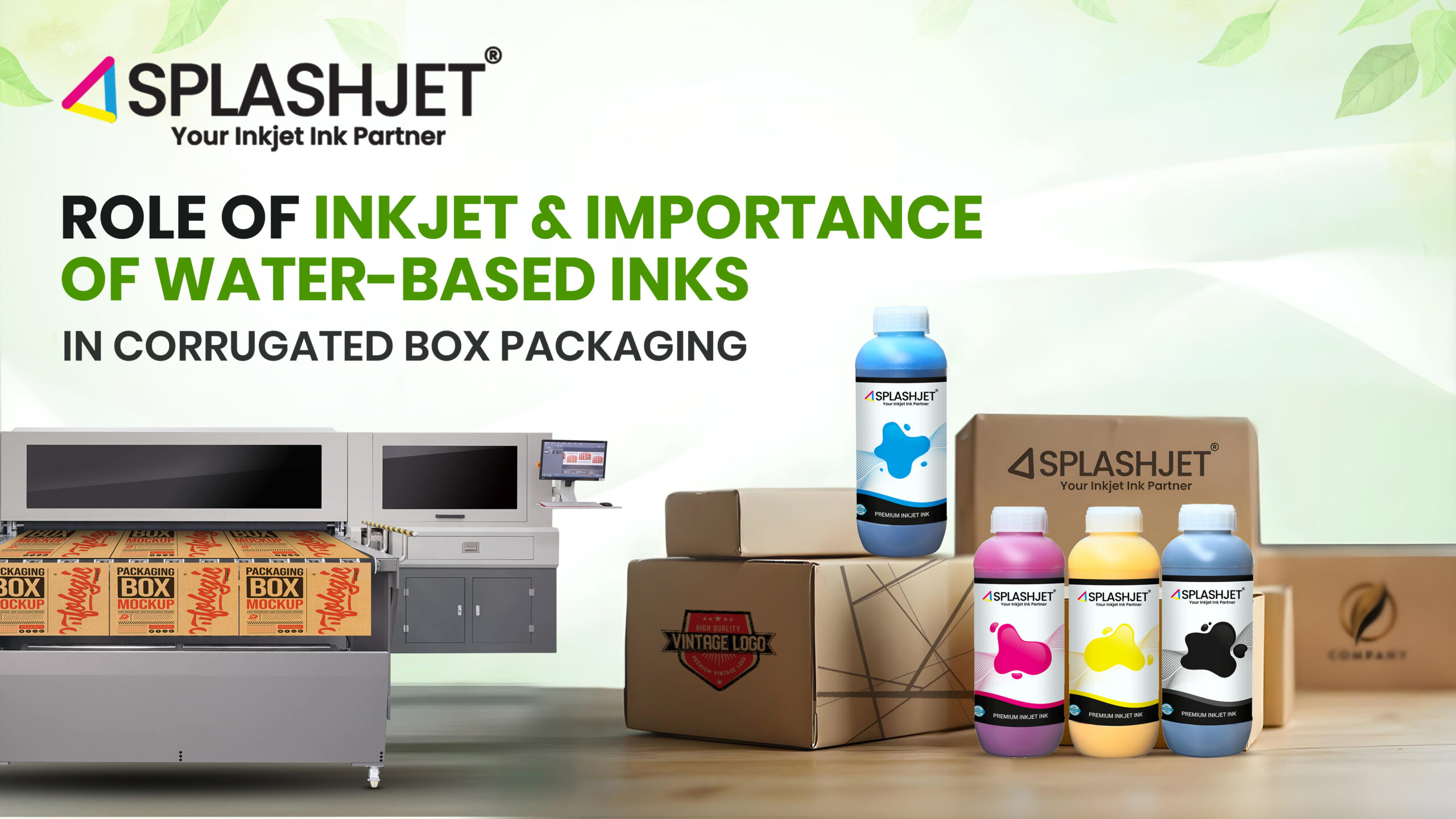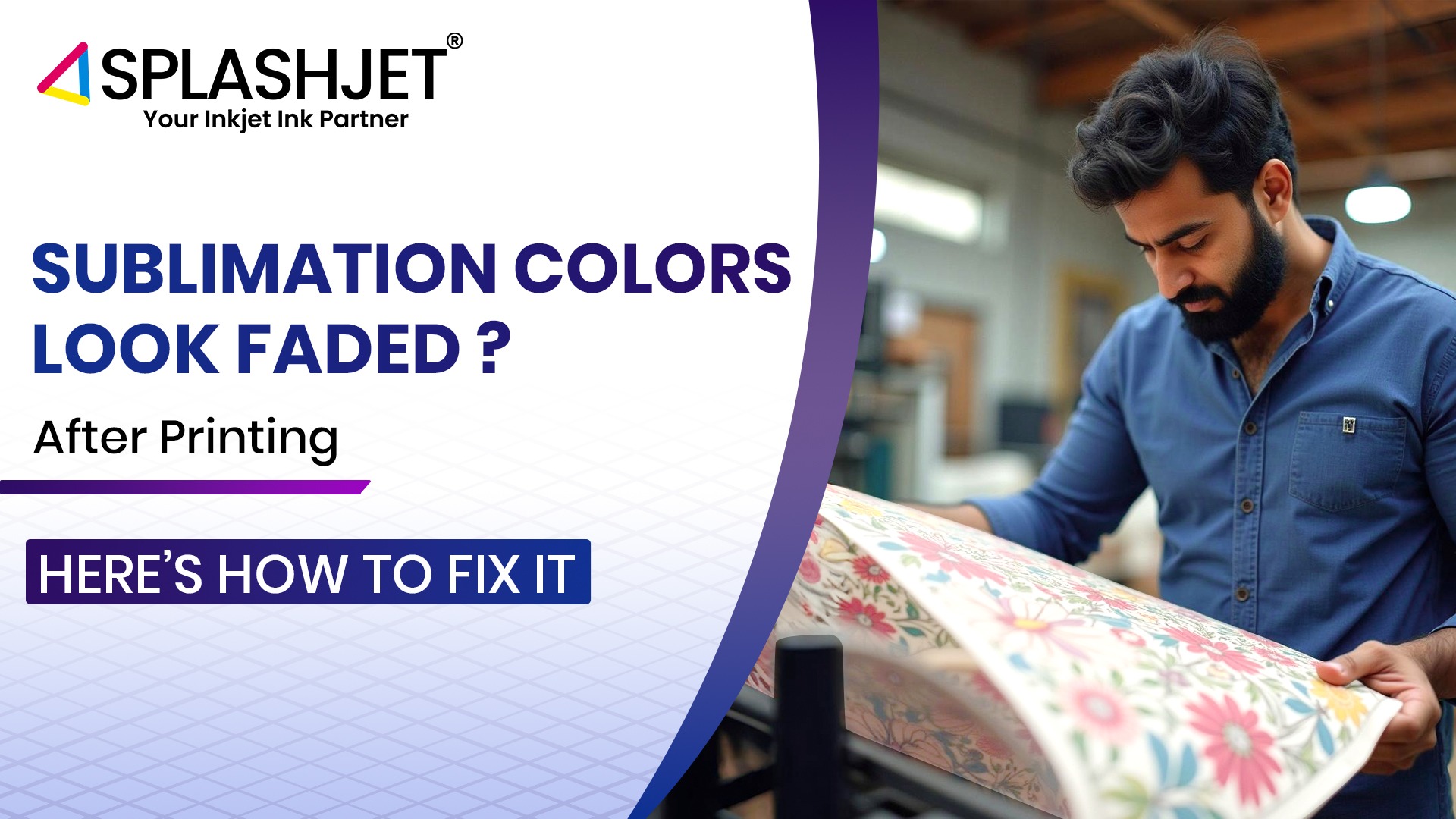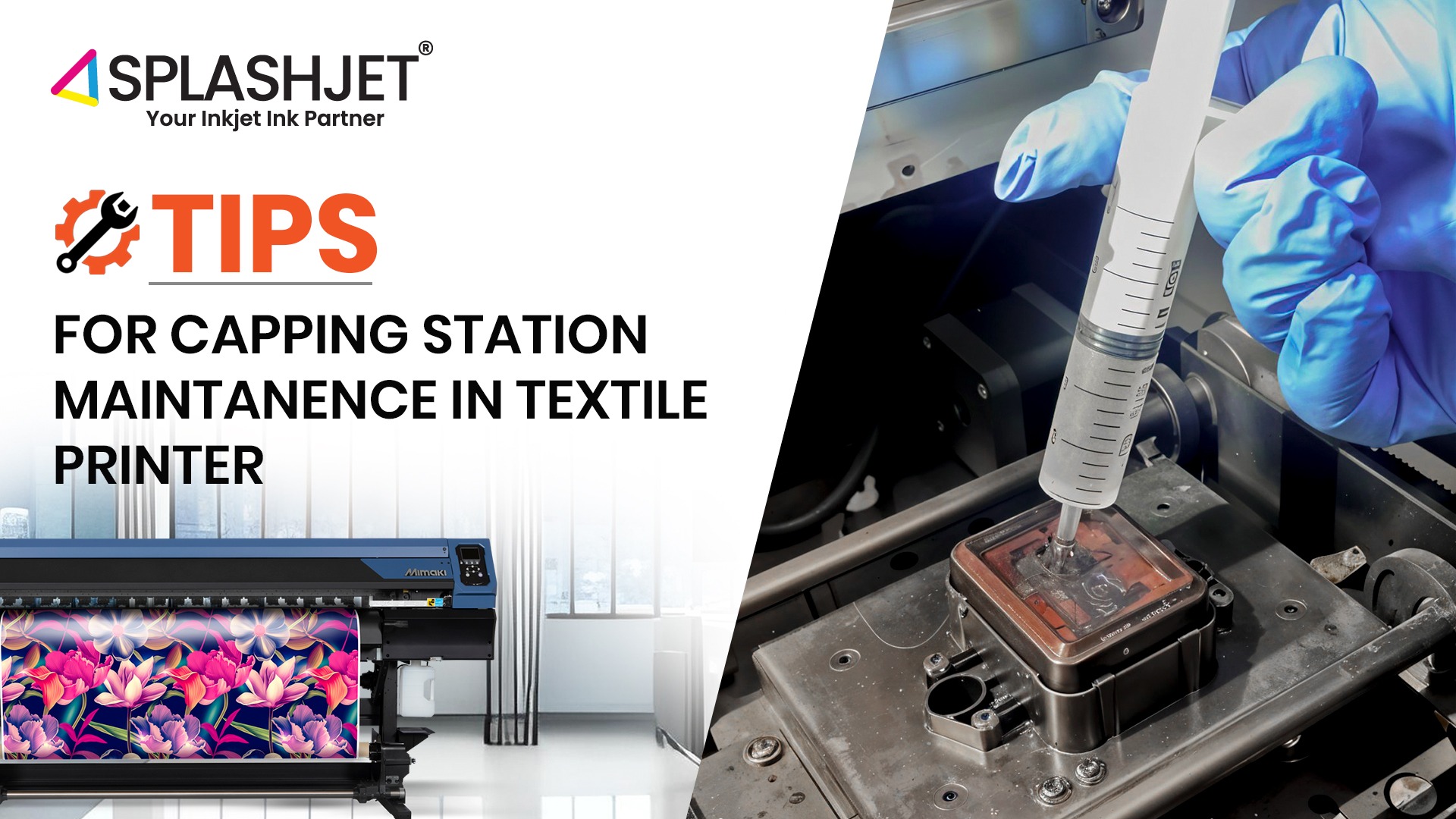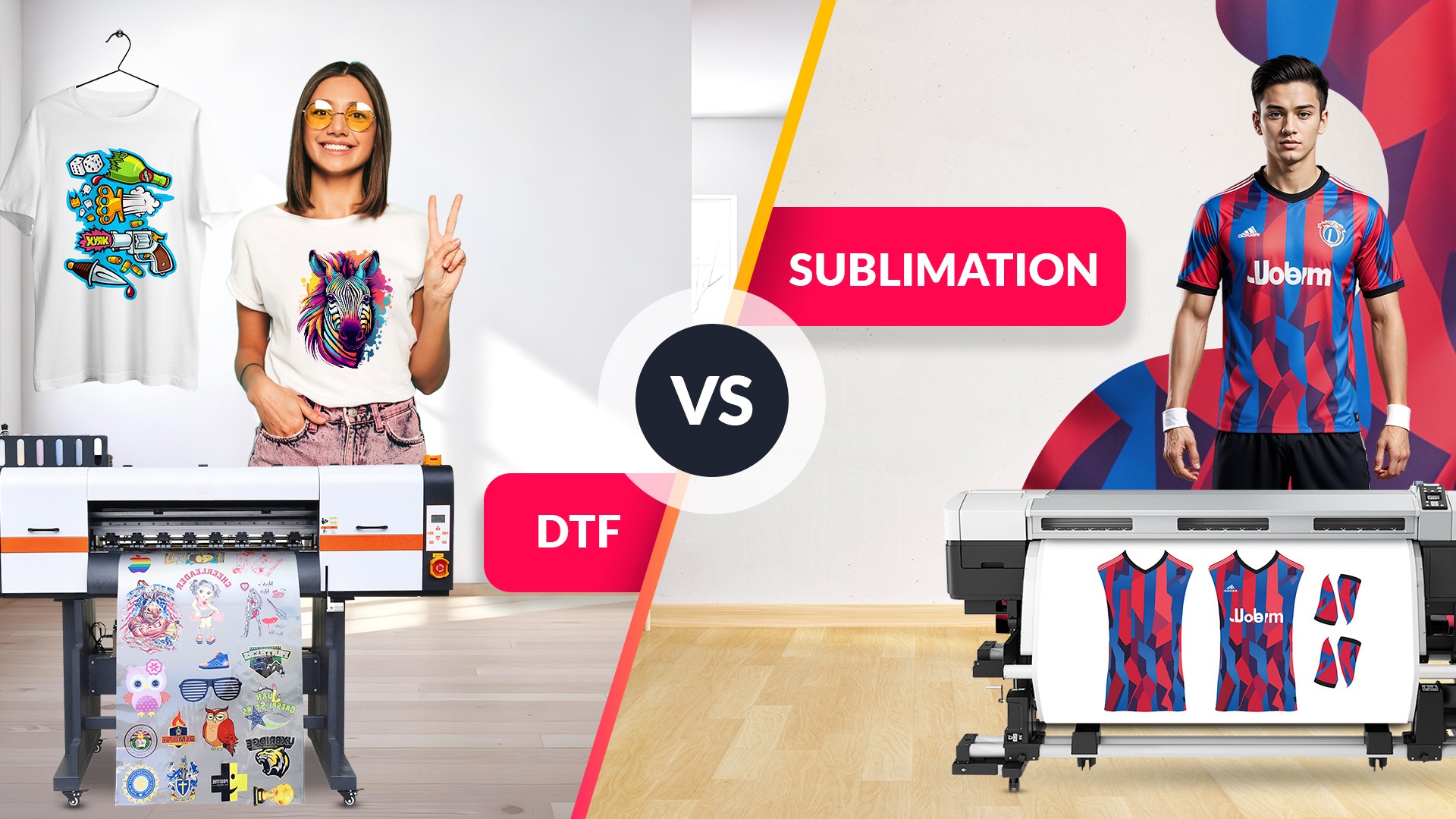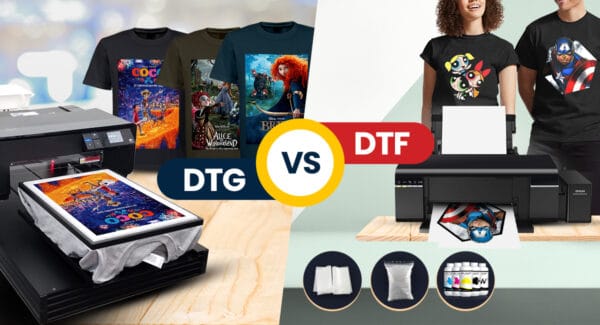
If you are new to the textile industry, there are chances you might have heard of the latest technology – Direct to Garment Transfer, also known as Direct to Film or DTF. However, the question arises – What was the reason DTF technology got introduced in the textile market? In this article, our focus is to provide a detailed comparison between the techniques DTG Vs DTF, based on different attributes and their effect on the process.
Direct-to-garment (DTG) has long been the most common method for t-shirt printing and small productions, but in recent months, Direct-to-film (DTF) has gained ground in the industry, with more supporters with each passing day. To grasp this paradigm shift, we must first grasp the differences between the two approaches.
DTG Vs DTF – What’s the difference?
Here we have differentiated both the processes based on 8 must-wanted attributes that can help you understand the difference between them easily.
| Attribute | DTG | DTF |
|---|---|---|
| 1. Process duration & efforts required | Direct-to-garment printing process consists of 4 necessary steps. Pre-treatment Drying Printing Curing It takes a lot of time and human effort to perform. | Whereas Direct-to-film printing consists of 3 necessary effortless steps as follows: Prepare DTF Film Print Transfer on Garment Curing. It saves a lot of time and humans effort. |
| 2. Cost of Printing on Light Garment | As printing on light garments reduces the use of white ink. The cost of printing is estimated to be less per print. | Due to process advancement and the addition of a film, the cost of printing on light garments is estimated to be equal to or slightly higher than DTG. |
| 3. Cost of Printing on Dark Garment | Since printing on dark garments includes the use of white ink, the printing cost is estimated to be more compared to the cost of light garment printing. | In DTF, the printing is performed over a thin film that sticks to the garment keeping the use of ink the same as a light garment. Hence the printing cost remains the same. |
| 4. Fabric Suitability | In this process, the pigment ink is heat-pressed to bound with the fabric surface, which is difficult to perform on every fabric considering its compatibility. Hence, this process is limited to a specific range of fabric. Eg. Cotton, Cotton, Combed Cotton, Organic Cotton, Linen, etc. | As in DTF, the film with design is affixed to the garment using a heat-melting adhesive, there is no need to worry about the fabric’s compatibility with excess heat to print on. Hence this process has a wide range of fabric suitability. |
| 5. Washing Performance | The washing performance of DTG printed garments is good. | The washing performance of DTF printed garments is excellent. |
| 6. Hand Feel | Though a minimum amount of ink is sprayed on the garment, the hand feel of the garment is considerably good. | You can feel a thin layer of hot-melting powder stick on the garment, the garments have an average hand feel. |
| 7. Garment Suitability | Set-up costs to cover all types of garment sizes can be high as the process uses frames to print on the particular size of garment. | In DTF, there are no added costs involved. To cover all types of garment sizes, you only need to change the size of the print film. |
| 8. Eco-friendliness | This process is highly eco-friendly as the chemical used for garment treatment can be reused multiple times. | This process is less eco-friendly as there is a lot of wastage of PET films. |
DTG Vs. DTF comparison factors – Business Perspective
Both kinds of printing may benefit small items or personalization, such as T-shirts or masks. However, determining which one to utilize for a business might be difficult because the outputs and printing process differ in both cases.
So, what factors should we consider while determining which print to go with?
1. The printout material flexibility
DTG can only be printed on cotton, but DTF can be printed on a wide range of fabrics. If you are targeting a specific clientele with limited fabrics, DTG can be a very good choice. But in case you want the flexibility to print on any fabric or garment then DTF can be a better choice.
2. The volume of production
DTG printers are more adaptable than DTF printers, allowing for significantly bigger and faster output. As a result, it’s critical to understand each company’s manufacturing requirements.
3. The desired result
One print’s ultimate result is vastly different from the other. In DTG, the drawing and DTG inks are mixed with the fabric and have a coarser feel, comparable to the base, but in DTF, the fixing powder makes it appear plastic, shiny, and less integrated with the fabric. They have a greater perceived quality since the colors are pure, and the underlying color does not interfere.
Final Verdict
Both the process have their benefits and limitations. So, the final decision of choosing the process to go with depends on your business requirements. The above-mentioned points can help you decide and give you a broad perspective of upcoming challenges or convenience with the process.
Let us know if you find this article helpful. If you have any queries related to the process and where to buy compatible inks for either of the processes, feel free to reach out at splashjet-ink.com or call on +91-9834-745-867.
